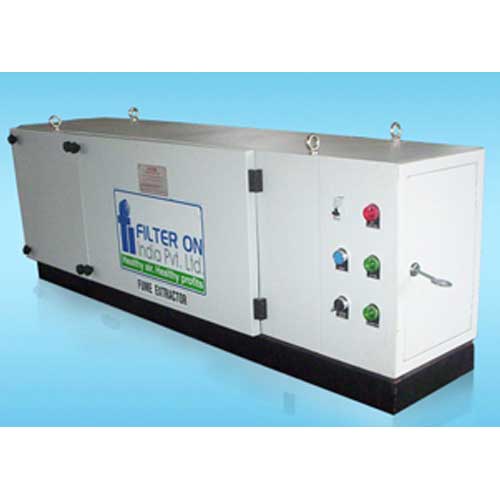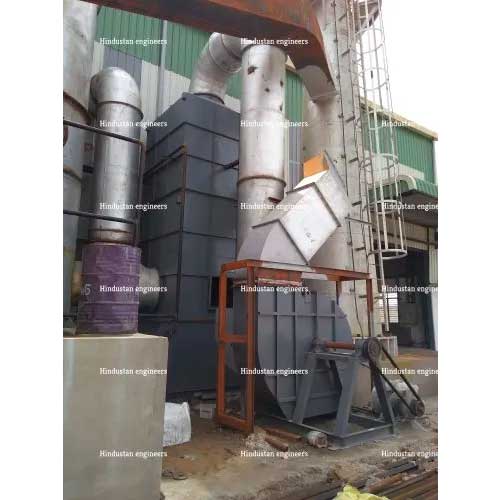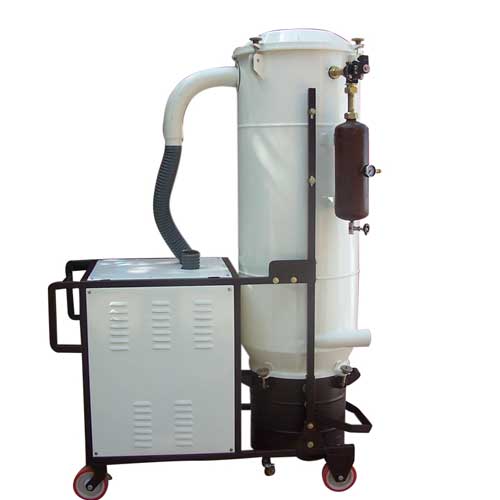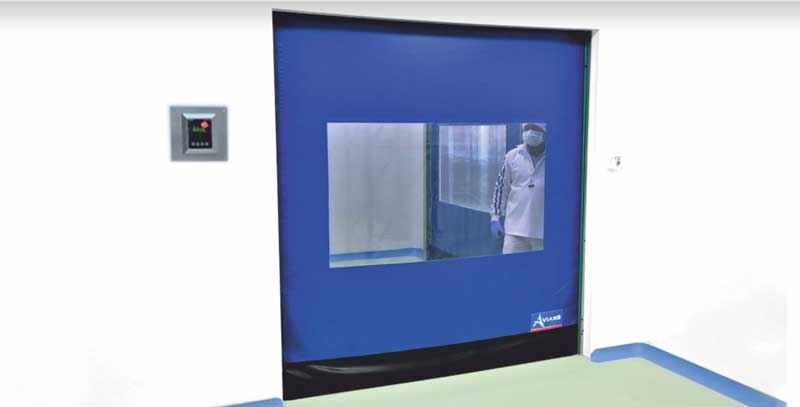Schedule a Call Back
FAME: Fast and Modular Energy
 Technical Articles
Technical Articles- Sep 03,15
Higher availability and greater security through pluggable protection testing devices from Phoenix Contact
"Protective systems are assigned too much value. It's been quite a while since one of them was last tripped." This is something someone with limited knowledge in this area who fails to consider increasing network loads might say. It also demonstrates the great care taken when analysing and protecting the network. In order to make the servicing, maintaining, and upgrading of networks simpler and more secure, Phoenix Contact has added new functions to its 'Fame' testing system.
Networks everywhere are being replaced, upgraded, and more closely monitored. Relevant parameters are increasingly being measures, with the resulting data being collected and analyzed. Power plants with their generators, solar parks, wind power systems, overhead transmission lines, and high-power drives require overcurrent and short-circuit protection just like the distribution network.
Safe working conditions when servicing is required
For this reason, protective systems require more and more maintenance. Highly flexible disconnect terminal blocks are often used in protective circuits. Depending on the application, the required configuration is snapped onto a standard rail, including the accompanying test adapters, short-circuits bridge bars, and grounded nodes for the circuit. In this process, it is possible to choose from screw, spring cage, direct plug, or bolt connectors. The short-circuit bridge bars come in screw-less or screw-down models, just like the separation points in the terminal blocks. Nodes can be integrated into the terminal block thanks to plug-in jumpers.
However, the operating sequences required for the disconnect terminal blocks cannot always be interlocked mechanically. The test sockets also remain in the strip and must therefore be included for every test position. Where it is necessary to protect switching systems from unauthorized access, then testing must also be possible when the door is closed. Disconnect terminal blocks cannot be mounted in the door though. Test connector systems are better suited for these kinds of applications.
Plug-in test systems have to be reliable
Plug-in test systems must connect complex testing circuitry for a protection device in a single step with the testing device, and they have to implement all required switching processes in a safe and positively controlled manner. There are several possible circuitry designs for such systems. Phoenix Contact's Fame plug-in test system is therefore modular, configurable, and easy to operate.

This makes the move to flexible test connector strips easier, with the many serial operating sequences of the converter terminal blocks connected in a single step controlled in parallel. There is no need for in-depth knowledge of the operating sequence; the test connector need only be properly connected. This makes testing easier for maintenance personnel. The test connector strips can be coded, which helps to avoid incorrect connections within the test connector.
Anti-touch protection is also important for safety, with converter terminal blocks having long been touch-proof. The Fame plug-in test system is also equipped with touch-proof technology, both in the plug zone as well as the connection area. Nodes in the current transformer set can also be implemented via plug-in bridges directly in the test connector strip. This means that there is no need for a terminal block strip when installing mounting rails in a cabinet.
Plug zones with closer and opener function
There are two options for replacing switchable terminal blocks with test connector systems, with the plug zone functioning either as a closer or opener. A current transformer on the closer contact does not have a low-impedance load without a plugged-in connector, which can lead to dangerous situations and even the destruction of the transformer. This is why the base terminal must be able to automatically generate a leading short circuit with the plug zone. This is the case for the closer technology in the Fame 1 system.
Because the position of the short-circuit plug-in bridge can be freely selected, current transformer connections are possible from below or above. Replacing a protection device, including the leading short circuit of the transformer, is performed when unplugged. A power plug that closes the closer contact is required for normal operation. For testing in which signals are looped in or overcurrent errors are simulated, the test connector is adapted to the respective circuit.
A current transformer on the opener contact has a low-impedance load even without a plugged-in connector. The feed-through contact on the base terminal in the new Fame 2 is already closed when not plugged in, thus representing the operating state.
A leading short circuit is caused by plugging in a test connector with a short-circuit bridge, for example, when replacing the protective device. The tests are also implemented here by means of the test connector, which can also be configured for the respective circuit.
Every configuration has its advantages and disadvantages. Fame 1 with the closer function already has the respective short circuit built into the test connector strip. If the connector is removed, the short circuit takes place automatically at the right contact. One disadvantage is the power plug, which covers the plug zone, could be forgotten following testing, meaning the line would be unprotected. For Fame 2 with the opener function, a properly configured test connector with the short-circuit bridges in the right position must be used in the test connector strip. This is why the plugs must be coded. A disadvantage here is that a service technician needs to carry around several test connectors, unless these remain in the transformer station.

Easy to install
Depending on the application, the test connector strip is mounted in the door or in the control cabinet using push-in or screw connection technology. For high-voltage applications, the transformers are typically connected with massive cables with a cross section of up to 10 mm2. Yet such cables cannot be wired directly in a movable door. To save space, mount the test connector strips directly onto the 35 mm standard rail. Fame's connection chambers accept up to 10 mm2 rigid cables or up to 6 mm2 flexible cables with ferrules and plastic insulators. Medium-voltage applications that use flexible cabling are wired in the control cabinet door. The cut-outs for the test connector strip have a rectangular outline; eccentric locks the strip in place in the cut-out without further drilled holes. This patented mounting technique works seamlessly for tolerances of + 1 mm/- 3 mm.
A single person can also perform testing here, since DIN VDE does not require a second person if the door is closed. The plug contacts are designed for 500 V rated voltage at 30 A and easily last for 500 plug cycles.
Reliable time sequencing for switching
Fame 2's opener function also allows signals to be switched in a staggered way by means of test connectors and switching reeds in up to three lengths (as shown in Figure). When plugging in the connector, the longest switching reed first disconnects the contact, with the shortest one doing so last. In an application case, the trigger contact in a protection system would be disconnected first. At the same time, a contact for 'test mode' remote signalling is possible for IEC 61850 systems. The medium contact length would disconnect auxiliary voltages, signals, and capacitor voltage transformers, with the shortest length being reserved for the current transformer circuits, which are the last to be short-circuited and disconnected. This leading short-circuit function uses a special patented contact spring with two contact zones. The auxiliary contact is first achieved upon plug-in and creates the short circuit before the main contact is disconnected and absorbs the short circuit.
Phoenix Contact India Pvt Ltd, New Delhi. Email: adverts@phoenixcontact.co.in
Related Products

Oil Mist Collector System / Oil Fumes Extraction Systems
Amaricar Engineering & Systems Pvt Ltd offers a wide range of oil mist collector system / oil fumes extraction systems.

Air Pollution Control System
Hindustan Engineers offers a wide range of air pollution control system.

Industrial Vacuum Cleaner
Maxtech Engineers offers a wide range of industrial vacuum cleaner.













